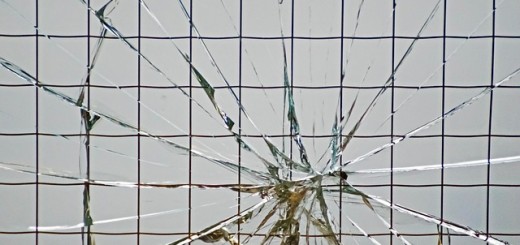What Was Happening There

With a few predictable exceptions, media coverage of the mammoth recent Siyum HaShas at MetLife Stadium was remarkably positive.
Yes, the New York Times tried hard to find some woman at the event who felt slighted at being seated separately from the men, or who had boldly undertaken Daf Yomi. But it came up empty. (So it resorted to shlepping into its story a liberal rabbi in Riverdale who delivers a Gemara shiur to women, and cited the grumbling of one of the group’s members, a 70-year-old feminist, who has been “wrestling” with Talmud’s “attitude toward women.”)
Similarly, even before the Siyum, Haaretz tried to force a similar angle into its reportage, focusing on what it called “the female revolution in Talmud study,” and highlighting a group of 30 women whose members, it reported, have completed a Daf Yomi cycle (well, most of them; a third of the group, it was parenthetically noted, joined in the middle of the cycle).
But the agenda-less media were straightforward in apprising the larger public of what was an unprecedented and astounding event: the gathering of some 90,000 Jews in one arena, under threat of inclement weather, to celebrate Torah. Yes, the Siyum marked the end of the 12th cycle of Daf Yomi, but the gathering was, in the end, a rejoicing in the Jewish heritage. Torrential downpours through the day reminded us all about Who, despite all our meticulous planning, is in charge in the end. But the rain suddenly stopped when the Siyum began, only adding to the remarkable nature of the happening.
I was pretty much stuck throughout in a room where members of the media came and went, gathering information and conducting interviews. I went outside onto the field for Mincha, the actual siyum, and Maariv, but most of the Siyum found me, among several colleagues, “entertaining” guests.
There were notable moments, though, in the press room too. Small things, perhaps, compared to what was transpiring outside on the field and in the stands, but memorable all the same. Like the tall, ramrod stiff, light-haired state police sergeant who mentioned in passing that he had some “ethnic Jewish” blood, since his mother’s mother’s mother had been Jewish. (Yes, he was informed that that made him fully Jewish.) Or the young, non-observant, Conservative-raised documentary filmmaker who was visibly moved by talking about Yiddishkeit with two observant women, one a grandmother, the other a great-grandmother and well-known rebbetzin.
And then there was a television reporter’s puzzlement at my response to his most basic question about the Siyum: “Could you tell me what’s happening here?”
It was every reporter’s first question that evening, and my stock short answer “A celebration of Torah study” seemed to bewilder him. “What do you mean by ‘study’?” he asked. “And why is it being celebrated?”
He wasn’t being difficult, it was clear. He simply couldn’t wrap his head around the idea of study as anything but the means to an end. One studies to pass a test, he (I think) was thinking, for a diploma, to advance a career. But celebrate study? What was this study meant to lead to?
I tried my best to introduce him to the idea of study for the sake of study, study as, in itself, a religious devotion. His next question was one I hadn’t heard before.
“Do you know of any other religion,” he asked, in all honest curiosity, “that treats study in a similar way?”
I’m no scholar of comparative religion, I admitted, but no, I told him, in fact I didn’t.
It was a “teaching moment,” as they say. But a learning one, too, for me. A non-Jewish reporter had made me more fully realize the uniqueness of the idea of Torah-study as a mitzvah, a devotion, a vocation.
The day of the Siyum was the day Israel’s Tal Law’s expired, authorizing the state to draft full-time Torah scholars and students into military service. I wished that the members of Israel’s Supreme Court, who had brought about that crisis, could have been there in the media room with the reporter and me, and could have, like me, come to more keenly appreciate the uniqueness and inherent value of the lifeblood of Klal Yisrael.
© 2012 AMI MAGAZINE
The above essay may be reproduced or republished, with permission and the above copyright appended.
Communications: [email protected]
Subscribe to Ami at http://amimagazine.org/subscribe.html .



Recent Comments